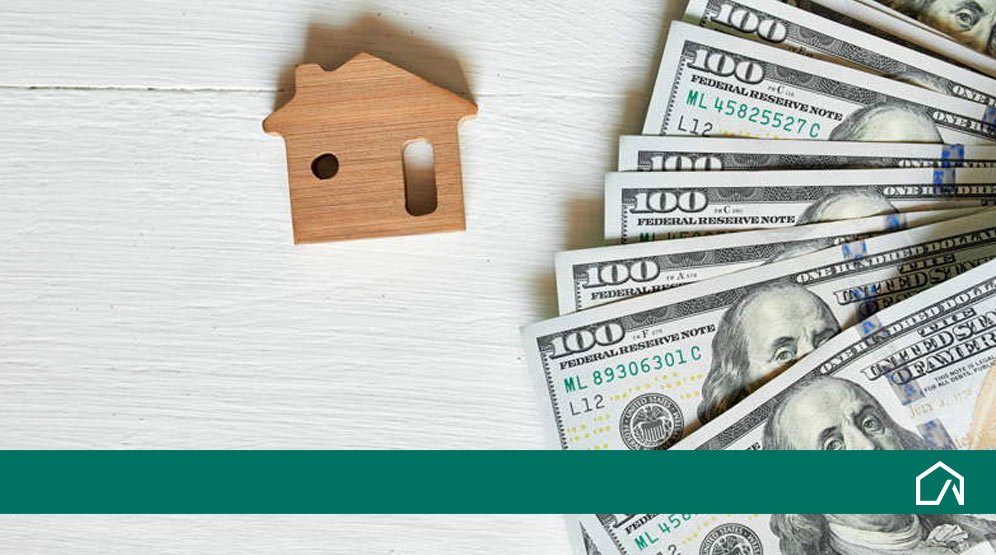What is Section 42?
The Section 42 program, also known as the Low-Income Housing Tax Credit (LIHTC) program, is a type of income-based housing program, described by the HUD as “the most important resource for creating affordable housing in the United States today”.
Contrary to Section 8, the Section 42 program is not a government-subsidized rental program.
Section 42 permits developers to receive a tax credit if they build affordable housing into their projects or rehabilitate housing in properties they purchase, and maintain these properties in safe and decent conditions for people with low income.
A property under Section 42 must have a certain percentage of apartments available, specifically for low-income tenants who’s income doesn’t surpass 60% of the area’s median income.
Section 42 has very high maintenance standards that include regular checks to verify if everything is sanitary and in order, checking if appliances are working, verifying that all carbon monoxide and fire alarms are working properly, examining fire extinguishers, and verifying the general safety of the property.
Properties that fail these inspections are at risk of losing their tax credit.
What is the Difference Between Section 42 and Section 8?
Section 42 and Section 8 are both housing programs for people with little to no income, but they’re not the same. Section 8 is a government subsidized program, which means that the benefits received are covered by the government, while Section 42 is not government subsidized.
Section 42 offers property owners a tax credit for having a certain amount of housing, for people with low-income, for a certain amount of years.
Section 42 caps at a fixed amount of rent a tenant will pay, including utilities, which are the tenant’s responsibilities, while Section 8 tenant’s rent is based on 30% of their income, and the rest is covered by the federal government.
Another difference between the two is, even though they both use the area’s median income to determine if you qualify, the actual application process is different. With Section 8 you apply through a PHA office, while with Section 42 you must apply directly with the property manager or owner.
What is the Income Limit for Section 42?
The income limits for Section 42, as with Section 8, are determined by the area’s median income, which means that it varies from area to area. The median income is a midpoint, where half of the families earn more than the median income and the other half earn less. The HUD has a tool to help you find the latest median income of your area.
To use the tool, press HERE. Once the page loads, simply choose if you’re interested in information on median income for an individual or a family, then select the state and area you’re interested in. Once you’ve input the information, you will see a list with the median income information of the area you selected.
How to Find a Section 42 Apartment?
If you’re interested in finding a Section 42 apartment, there are a few ways to do so. One option is to search home rental websites such as Zillow.
Simply choose the area you’re interested in and type “Section 42” in the keyword box to see the listings of available properties. Another way to find a Section 42 apartment is by using the LIHTC Database provided by the HUD. To view the database, click HERE.
Once the page loads, on the left side of your screen you may select the options that best fit your needs and then select your state at the bottom. Once finished, you should see a list of all the properties that are listed as available under the Section 42 program.
How do I Apply for Section 42?
To apply for Section 42, the property owner or manager may give you paperwork to fill out up front or ask you to fill out an online application. These applications usually require you to provide personal information about yourself and members of your household, such as:
- Full, legal name
- Gender
- Social Security number
- Date of birth
- Citizenship status
Important
It’s very important that you follow the applications instructions and fill it out completely. Failure to complete an application or incorrect information may get your application rejected.
You will also be required to submit certain documentation as well. Remember, each property may have different expectations, so make sure to contact them first and ask what they require.
Generally, they require documents or information, such as:
- Income
- Standard wages
- Social Security
- Pensions
- Alimony
- Child Support
- Bank verifications
- Savings
- Financial assets
- Family size
What to do After Applying for Section 42
Once you have submitted your application to the property manager/owner, you must wait until your application is reviewed.
Unlike Section 8, most Section 42 properties don’t have waiting lists, but if yours does and you’re placed on it, make sure to keep a record of important information, such as where you applied to, what position you are on the list and any confirmation numbers you may be given.
Usually, wait times on LIHTC properties are a few months and rarely longer than a year. Make sure to keep in contact with the property manager/owner, making sure to inform them of any changes in your contact information.


I’m disabled, and I need housing ASAP. Please
Hello, please visit the local housing authority in your area and apply for the section 811 housing voucher for those living with disabilities.
I stay an Baton Rouge and trying to get there but need help to move threre please help
Hi, kindly speak with an officer at the PHA office about your situation.